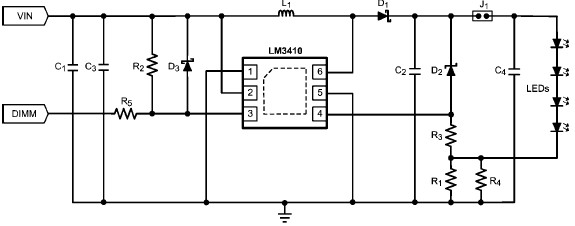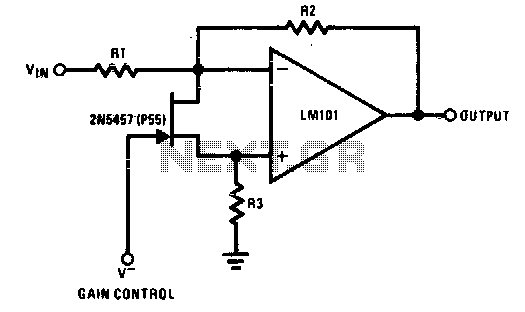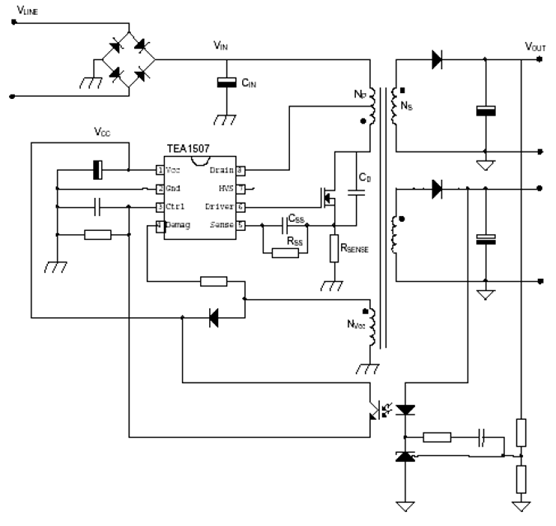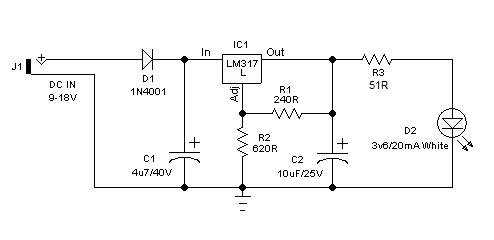
Power 220V LED Flashing
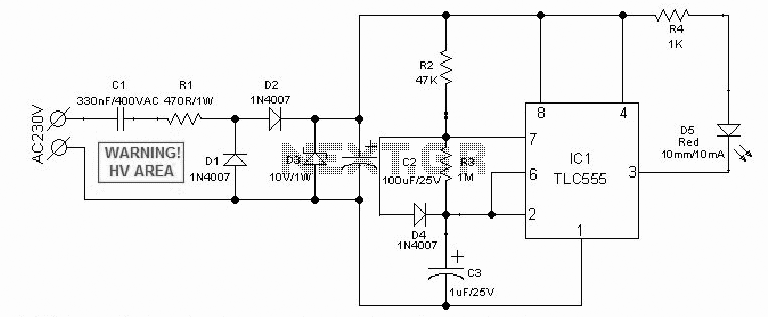
An AC mains operated single LED flasher circuit is designed using the widely used CMOS timer chip TLC555. The entire circuit is powered directly by the grid supply of 230VAC through a capacitive potential divider and associated components.
This LED flasher circuit utilizes the TLC555 timer in an astable configuration to produce a continuous square wave output that drives a light-emitting diode (LED). The circuit is powered by the AC mains supply, which is stepped down to a safe level using a capacitive potential divider. This method is advantageous as it eliminates the need for bulky transformers, making the circuit more compact and efficient.
The capacitive potential divider consists of two capacitors in series, allowing a small amount of AC voltage to pass through while blocking the higher voltage levels. The output from this divider feeds into the power supply section of the circuit, typically involving a bridge rectifier and smoothing capacitor to convert the AC voltage into a stable DC voltage suitable for the TLC555 operation.
The TLC555 timer is configured in an astable mode, meaning it continuously switches between its high and low states, thereby turning the LED on and off at a defined frequency. The timing of the LED flashing is determined by the resistor and capacitor values connected to the timer. For instance, the frequency can be adjusted by varying the resistances and capacitance values, allowing for customization of the flashing rate according to application requirements.
In addition to the basic components, the circuit may also include a current-limiting resistor in series with the LED to prevent excessive current from damaging the LED. The output from the TLC555 can drive the LED directly, as the timer can source sufficient current for standard LEDs.
Safety considerations must be taken into account when designing this circuit, especially regarding the high voltage AC input. Proper insulation and enclosure are necessary to prevent accidental contact with live parts. Additionally, the use of components rated for the appropriate voltage and current levels is crucial to ensure reliable operation and longevity of the circuit.
Overall, this AC mains operated LED flasher circuit serves as an effective demonstration of using the TLC555 timer in practical applications, providing a simple yet functional solution for visual signaling or decorative lighting.AC mains operated single LED flasher circuit, built using the popular CMOS timer chip TLC555 is shown below. The whole circuit is powered directly by the grid supply of 230VAC through a capacitive potential divider and associated components..
🔗 External reference
This LED flasher circuit utilizes the TLC555 timer in an astable configuration to produce a continuous square wave output that drives a light-emitting diode (LED). The circuit is powered by the AC mains supply, which is stepped down to a safe level using a capacitive potential divider. This method is advantageous as it eliminates the need for bulky transformers, making the circuit more compact and efficient.
The capacitive potential divider consists of two capacitors in series, allowing a small amount of AC voltage to pass through while blocking the higher voltage levels. The output from this divider feeds into the power supply section of the circuit, typically involving a bridge rectifier and smoothing capacitor to convert the AC voltage into a stable DC voltage suitable for the TLC555 operation.
The TLC555 timer is configured in an astable mode, meaning it continuously switches between its high and low states, thereby turning the LED on and off at a defined frequency. The timing of the LED flashing is determined by the resistor and capacitor values connected to the timer. For instance, the frequency can be adjusted by varying the resistances and capacitance values, allowing for customization of the flashing rate according to application requirements.
In addition to the basic components, the circuit may also include a current-limiting resistor in series with the LED to prevent excessive current from damaging the LED. The output from the TLC555 can drive the LED directly, as the timer can source sufficient current for standard LEDs.
Safety considerations must be taken into account when designing this circuit, especially regarding the high voltage AC input. Proper insulation and enclosure are necessary to prevent accidental contact with live parts. Additionally, the use of components rated for the appropriate voltage and current levels is crucial to ensure reliable operation and longevity of the circuit.
Overall, this AC mains operated LED flasher circuit serves as an effective demonstration of using the TLC555 timer in practical applications, providing a simple yet functional solution for visual signaling or decorative lighting.AC mains operated single LED flasher circuit, built using the popular CMOS timer chip TLC555 is shown below. The whole circuit is powered directly by the grid supply of 230VAC through a capacitive potential divider and associated components..
🔗 External reference
Warning: include(partials/cookie-banner.php): Failed to open stream: Permission denied in /var/www/html/nextgr/view-circuit.php on line 713
Warning: include(): Failed opening 'partials/cookie-banner.php' for inclusion (include_path='.:/usr/share/php') in /var/www/html/nextgr/view-circuit.php on line 713

